The use of thin glass promises to fulfill various tasks in the construction industry. In addition to the environmental benefits of more efficient use of resources, architects can use thin glass to achieve new degrees of design freedom. Based on the sandwich theory, flexible thin glass can be combined with a 3D printed open-cell polymer core to form very rigid and lightweight 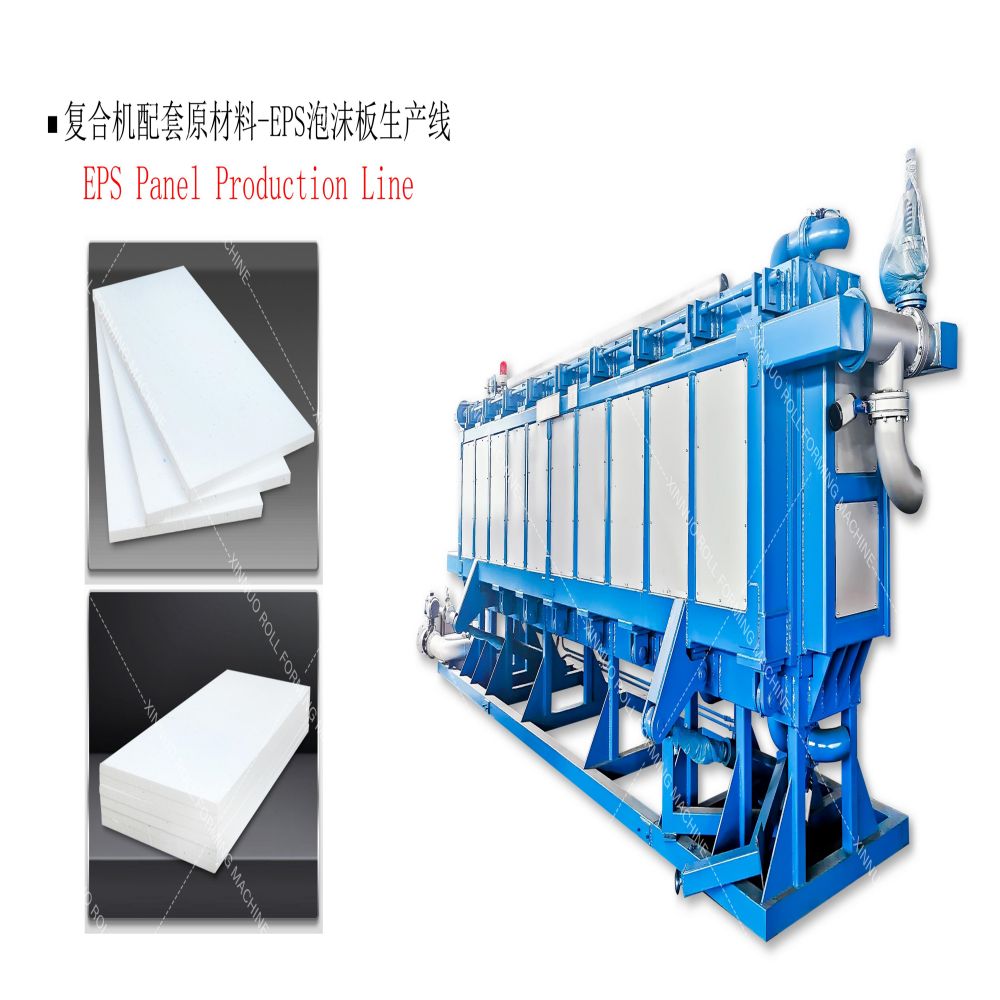
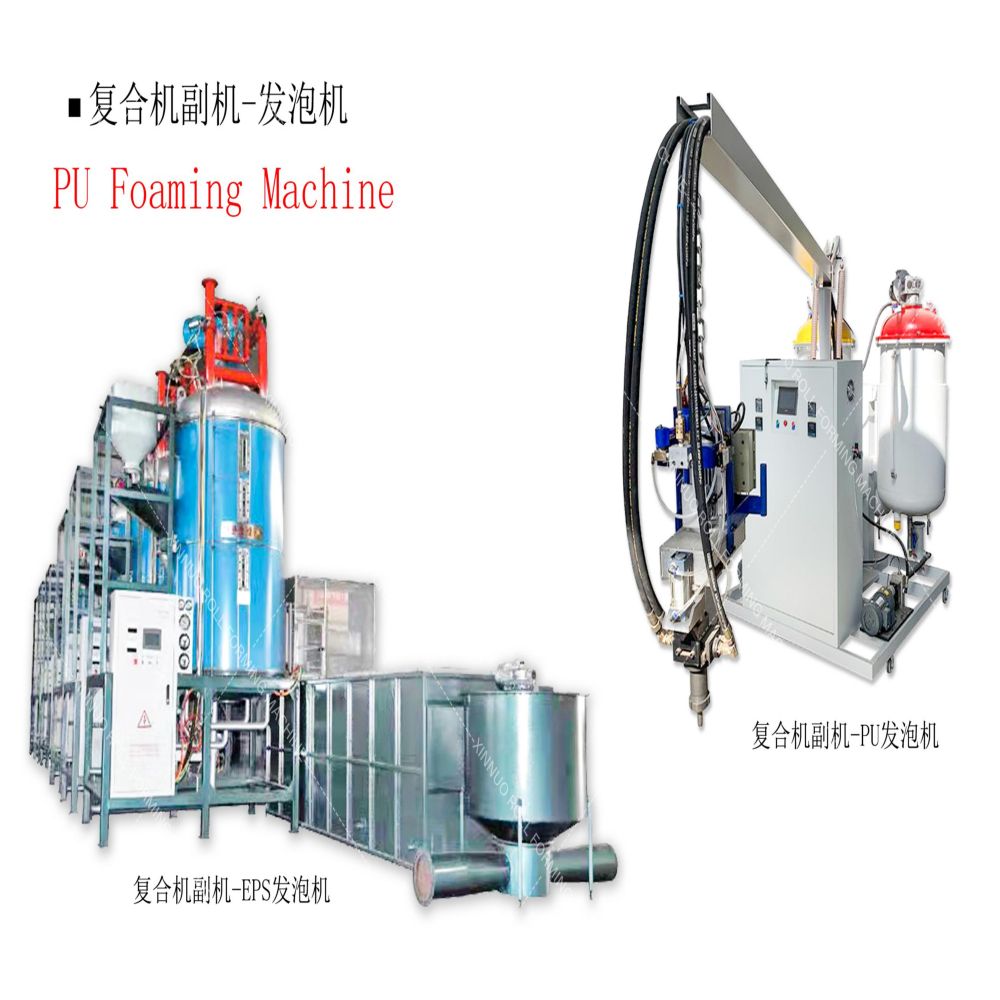
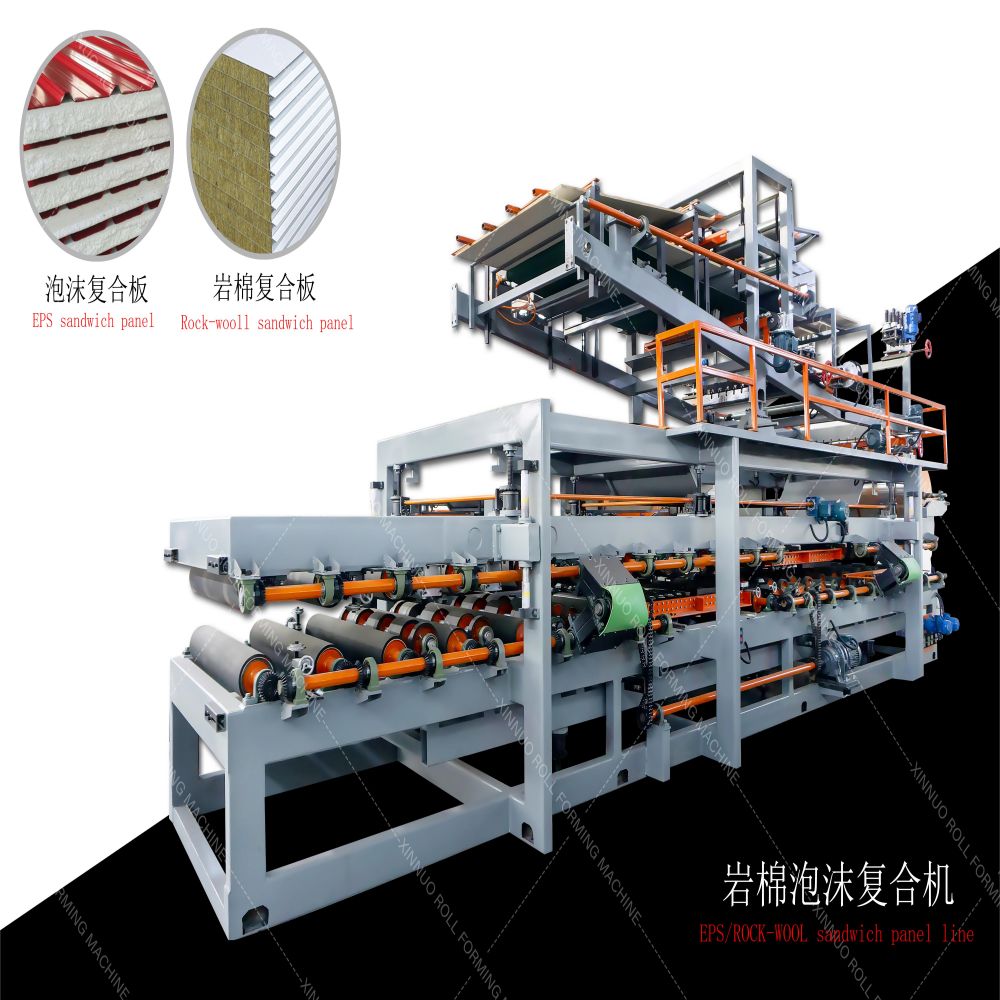
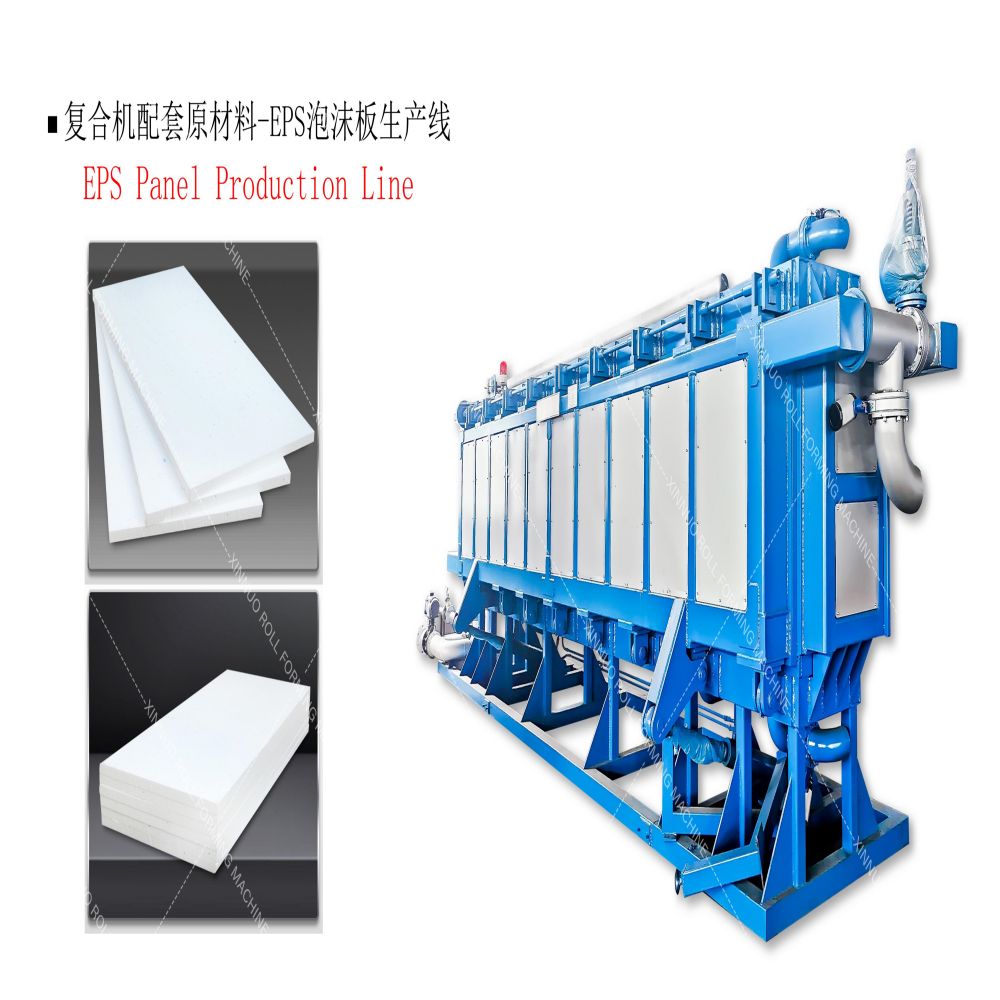
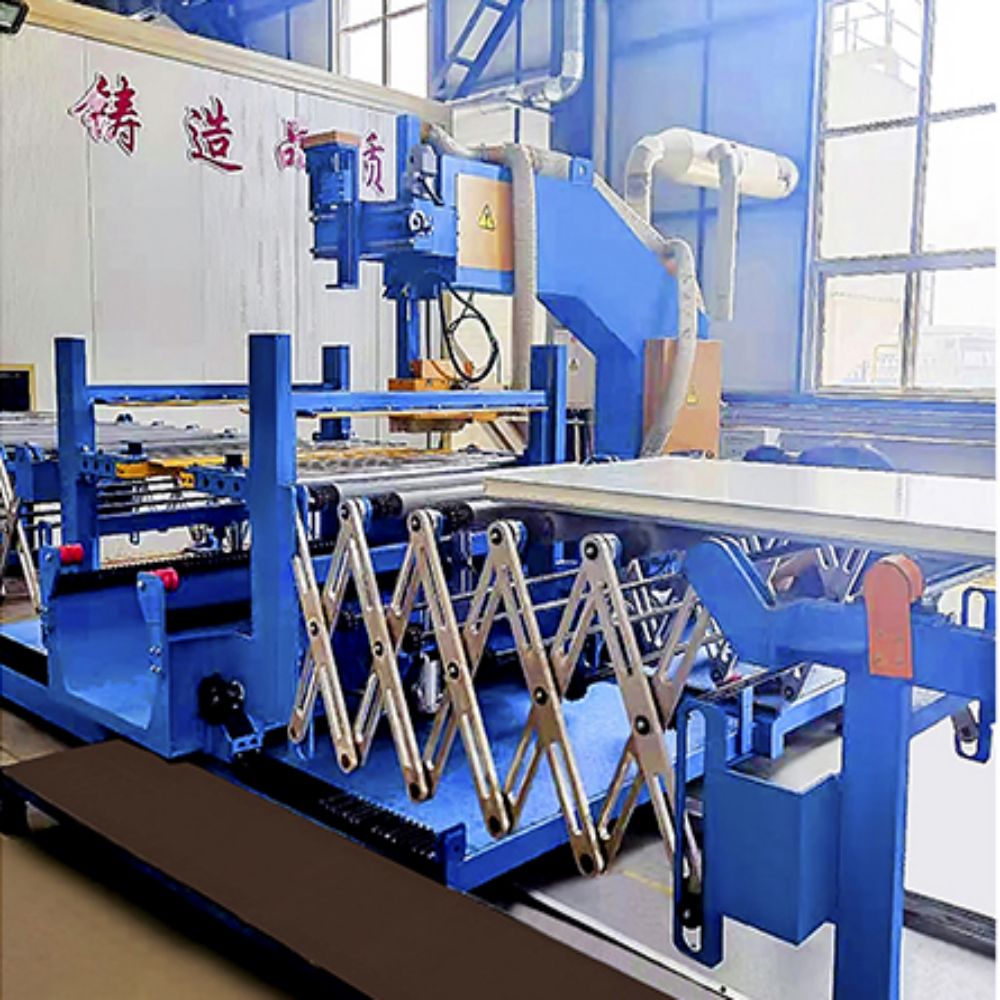 composite elements. This article presents an exploratory attempt at digital fabrication of thin glass-composite façade panels using industrial robots. It explains the concept of digitizing factory-to-factory workflows, including computer-aided design (CAD), engineering (CAE), and manufacturing (CAM). The study demonstrates a parametric design process that enables seamless integration of digital analysis tools.
composite elements. This article presents an exploratory attempt at digital fabrication of thin glass-composite façade panels using industrial robots. It explains the concept of digitizing factory-to-factory workflows, including computer-aided design (CAD), engineering (CAE), and manufacturing (CAM). The study demonstrates a parametric design process that enables seamless integration of digital analysis tools.
In addition, this process demonstrates the potential and challenges of digitally manufacturing thin glass composite panels. Some of the manufacturing steps performed by an industrial robot arm, such as large-format additive manufacturing, surface machining, gluing and assembly processes, are explained here. Finally, for the first time, a deep understanding of the mechanical properties of composite panels has been obtained through experimental and numerical studies and evaluation of the mechanical properties of composite panels under surface loading. The overall concept of digital design and fabrication workflow, as well as the results of experimental studies, provide a basis for further integration of shape definition and analysis methods, as well as for conducting extensive mechanistic studies in future studies.
Digital manufacturing methods allow us to improve production by transforming traditional methods and providing new design possibilities [1]. Traditional building methods tend to overuse materials in terms of cost, basic geometry, and safety. By moving construction to factories, using modular prefabrication and robotics to implement new design methods, materials can be used efficiently without compromising safety. Digital manufacturing allows us to expand our design imagination to create more diverse, efficient and ambitious geometric shapes. While the design and calculation processes have largely been digitized, manufacturing and assembly are still largely done by hand in traditional ways. To cope with increasingly complex free-form structures, digital manufacturing processes are becoming increasingly important. The desire for freedom and design flexibility, especially when it comes to facades, is growing steadily. In addition to the visual effect, free-form facades also allow you to create more efficient structures, for example, through the use of membrane effects [2]. In addition, the great potential of digital manufacturing processes lies in their efficiency and the possibility of design optimization.
This article explores how digital technology can be used to design and manufacture an innovative composite façade panel consisting of an additively fabricated polymer core and bonded thin glass exterior panels. In addition to the new architectural possibilities associated with the use of thin glass, environmental and economic criteria have also been important motivations for using less material to construct the building envelope. With climate change, resource scarcity and rising energy prices in the future, glass must be used smarter. The use of thin glass less than 2 mm thick from the electronics industry makes the façade light and reduces the use of raw materials.
Due to the high flexibility of thin glass, it opens up new possibilities for architectural applications and at the same time poses new engineering challenges [3,4,5,6]. While the current implementation of façade projects using thin glass is limited, thin glass is increasingly being used in civil engineering and architectural studies. Due to the high ability of thin glass to elastic deformation, its use in facades requires reinforced structural solutions [7]. In addition to exploiting the membrane effect due to the curved geometry [8], the moment of inertia can also be increased by a multilayer structure consisting of a polymer core and a glued thin glass outer sheet. This approach has shown promise due to the use of a hard transparent polycarbonate core, which is less dense than glass. In addition to the positive mechanical action, additional safety criteria were met [9].
The approach in the following study is based on the same concept, but using an additively fabricated open-pore translucent core. This guarantees a higher degree of geometric freedom and design possibilities, as well as the integration of the physical functions of the building [10]. Such composite panels have proven particularly effective in mechanical testing [11] and promise to reduce the amount of glass used by up to 80%. This will not only reduce the resources required, but also significantly reduce the weight of the panels, thereby increasing the efficiency of the substructure. But new forms of construction require new forms of production. Efficient structures require efficient manufacturing processes. Digital design contributes to digital manufacturing. This article continues the author’s previous research by presenting a study of the digital manufacturing process of thin glass composite panels for industrial robots. The focus is on digitizing the file-to-factory workflow of the first large-format prototypes to increase the automation of the manufacturing process.
The composite panel (Figure 1) consists of two thin glass overlays wrapped around an AM polymer core. The two parts are connected with glue. The purpose of this design is to distribute the load over the entire section as efficiently as possible. Bending moments create normal stresses in the shell. Lateral forces cause shear stresses in the core and adhesive joints.
The outer layer of the sandwich structure is made of thin glass. In principle, soda-lime silicate glass will be used. With a target thickness < 2 mm, the thermal tempering process reaches the current technological limit. Chemically strengthened aluminosilicate glass may be considered particularly suitable if higher strength is required due to design (e.g. cold folded panels) or use [12]. The light transmission and environmental protection functions will be complemented by good mechanical properties such as good scratch resistance and a relatively high Young’s modulus compared to other materials used in composites. Due to the limited size available for chemically toughened thin glass, panels of fully tempered 3 mm thick soda-lime glass were used to create the first large-scale prototype.
The supporting structure is considered as a shaped part of the composite panel. Almost all attributes are affected by it. Thanks to the additive manufacturing method, it is also the center of the digital manufacturing process. Thermoplastics are processed by fusing. This makes it possible to use a large number of different polymers for specific applications. The topology of the main elements can be designed with different emphasis depending on their function. For this purpose, shape design can be divided into the following four design categories: structural design, functional design, aesthetic design, and production design. Each category can have different purposes, which can lead to different topologies.
During the preliminary study, some of the main designs were tested for the suitability of their design [11]. From a mechanical point of view, the three-period minimum core surface of the gyroscope is particularly effective. This provides high mechanical resistance to bending at a relatively low material consumption. In addition to the cellular basic structures reproduced in the surface regions, the topology can also be generated by other shape finding techniques. Stress line generation is one of the possible ways to optimize stiffness at the lowest possible weight [13]. However, the honeycomb structure, widely used in sandwich constructions, has been used as a starting point for the development of the production line. This basic form leads to rapid progress in production, especially through easy toolpath programming. Its behavior in composite panels has been extensively studied [14, 15, 16] and the appearance can be changed in many ways through parameterization and can also be used for initial optimization concepts.
There are many thermoplastic polymers to consider when choosing a polymer, depending on the extrusion process used. Initial preliminary studies of small-scale materials have reduced the number of polymers considered suitable for use in facades [11]. Polycarbonate (PC) is promising due to its heat resistance, UV resistance and high rigidity. Due to the additional technical and financial investment required to process polycarbonate, ethylene glycol modified polyethylene terephthalate (PETG) was used to produce the first prototypes. It is particularly easy to process at relatively low temperatures with a low risk of thermal stress and component deformation. The prototype shown here is made from recycled PETG called PIPG. The material was preliminarily dried at 60°C for at least 4 h and processed into granules with a glass fiber content of 20% [17].
The adhesive provides a strong bond between the polymer core structure and the thin glass lid. When composite panels are subjected to bending loads, the adhesive joints are subjected to shear stress. Therefore, a harder adhesive is preferred and may reduce deflection. Clear adhesives also help provide high visual quality when bonded to clear glass. Another important factor when choosing an adhesive is manufacturability and integration into automated production processes. Here UV curing adhesives with flexible curing times can greatly simplify the positioning of the cover layers. Based on preliminary tests, a series of adhesives were tested for their suitability for thin glass composite panels [18]. Loctite® AA 3345™ UV curable acrylate [19] proved to be particularly suitable for the following process.
To take advantage of the possibilities of additive manufacturing and the flexibility of thin glass, the entire process was designed to work digitally and parametrically. Grasshopper is used as a visual programming interface, avoiding interfaces between different programs. All disciplines (engineering, engineering and manufacturing) will support and complement each other in one file with direct feedback from the operator. At this stage of the study, the workflow is still under development and follows the pattern shown in Figure 2. The different objectives can be grouped into categories within disciplines.
Although the production of sandwich panels in this paper has been automated with user-centric design and fabrication preparation, the integration and validation of individual engineering tools has not been fully realized. Based on the parametric design of the facade geometry, it is possible to design the outer shell of the building at the macro level (facade) and meso (facade panels). In the second step, the engineering feedback loop aims to evaluate the safety and suitability as well as the viability of curtain wall fabrication. Finally, the resulting panels are ready for digital production. The program processes the developed core structure in machine-readable G-code and prepares it for additive manufacturing, subtractive post-processing and glass bonding.
The design process is considered at two different levels. In addition to the fact that the macro shape of the facades affects the geometry of each composite panel, the topology of the core itself can also be designed at the meso level. When using a parametric façade model, the shape and appearance can be influenced by the example façade sections using the sliders shown in Figure 3. Thus, the total surface consists of a user-defined scalable surface that can be deformed using point attractors and modified by specifying a minimum and the maximum degree of deformation. This provides a high degree of flexibility in the design of building envelopes. However, this degree of freedom is limited by technical and manufacturing constraints, which are then played up by the algorithms in the engineering part.
In addition to the height and width of the entire façade, the division of the façade panels is determined. As for individual façade panels, they can be defined more precisely at the meso level. This affects the topology of the core structure itself, as well as the thickness of the glass. These two variables, as well as the size of the panel, have an important relationship with mechanical engineering modeling. The design and development of the entire macro and meso level can be carried out in terms of optimization in the four categories of structure, function, aesthetics and product design. Users can develop the overall look and feel of the building envelope by prioritizing these areas.
The project is supported by the engineering part using a feedback loop. To this end, goals and boundary conditions are defined in the optimization category shown in Fig. 2. They provide corridors that are technically feasible, physically sound, and safe to build from an engineering point of view, which has a significant impact on design. This is the starting point for various tools that can be integrated directly into Grasshopper. In further investigations, mechanical properties can be evaluated using Finite Element Analysis (FEM) or even analytical calculations.
In addition, solar radiation studies, line-of-sight analysis, and sunshine duration modeling can evaluate the impact of composite panels on building physics. It is important not to overly limit the speed, efficiency and flexibility of the design process. As such, the results obtained here have been designed to provide additional guidance and support to the design process and are not a substitute for detailed analysis and justification at the end of the design process. This strategic plan lays the foundation for further categorical research for proven results. For example, little is yet known about the mechanical behavior of composite panels under various load and support conditions.
Once the design and engineering is complete, the model is ready for digital production. The manufacturing process is divided into four sub-stages (Fig. 4). First, the main structure was additively fabricated using a large-scale robotic 3D printing facility. The surface is then milled using the same robotic system to improve the surface quality required for good bonding. After milling, the adhesive is applied along the core structure using a specially designed dosing system mounted on the same robotic system used for the printing and milling process. Finally, the glass is installed and laid prior to UV curing of the bonded joint.
For additive manufacturing, the defined topology of the underlying structure must be translated into CNC machine language (GCode). For uniform and high quality results, the goal is to print each layer without the extruder nozzle falling off. This prevents unwanted overpressure at the start and end of the movement. Therefore, a continuous trajectory generation script was written for the cell pattern being used. This will create a parametric continuous polyline with the same start and end points, which adapts to the selected panel size, number and size of honeycombs as per design. In addition, parameters such as line width and line height can be specified before laying lines to achieve the desired height of the main structure. The next step in the script is to write the G-code commands.
This is done by recording the coordinates of each point on the line with additional machine information such as other relevant axes for positioning and extrusion volume control. The resulting G-code can then be transferred to production machines. In this example, a Comau NJ165 industrial robot arm on a linear rail is used to control a CEAD E25 extruder according to the G-code (Figure 5). The first prototype used post-industrial PETG with a glass fiber content of 20%. In terms of mechanical testing, the target size is close to the size of the construction industry, so the dimensions of the main element are 1983 × 876 mm with 6 × 4 honeycomb cells. 6 mm and 2 mm high.
Preliminary tests have shown that there is a difference in adhesive strength between adhesive and 3D printing resin depending on its surface properties. To do this, additive manufacturing test specimens are glued or laminated to glass and subjected to tension or shear. During preliminary mechanical processing of the polymer surface by milling, the strength increased significantly (Fig. 6). In addition, it improves the flatness of the core and prevents defects caused by over-extrusion. The UV curable LOCTITE® AA 3345™ [19] acrylate used here is sensitive to processing conditions.
This often results in a higher standard deviation for the bond test samples. After additive manufacturing, the core structure was milled on a profile milling machine. The G-code required for this operation is automatically generated from toolpaths already created for the 3D printing process. The core structure needs to be printed slightly higher than the intended core height. In this example, the 18 mm thick core structure has been reduced to 14 mm.
This part of the manufacturing process is a major challenge for full automation. The use of adhesives places high demands on the accuracy and precision of machines. The pneumatic dosing system is used to apply the adhesive along the core structure. It is guided by the robot along the milling surface in accordance with the defined tool path. It turns out that replacing the traditional dispensing tip with a brush is especially advantageous. This allows low viscosity adhesives to be dispensed uniformly by volume. This amount is determined by the pressure in the system and the speed of the robot. For greater precision and high bonding quality, low travel speeds of 200 to 800 mm/min are preferred.
Acrylate with an average viscosity of 1500 mPa*s was applied to the wall of the polymer core 6 mm wide using a dosing brush with an inner diameter of 0.84 mm and a brush width of 5 at an applied pressure of 0.3 to 0.6 mbar. mm. The adhesive is then spread over the surface of the substrate and forms a 1 mm thick layer due to surface tension. The exact determination of the adhesive thickness cannot yet be automated. The duration of the process is an important criterion for choosing an adhesive. The core structure produced here has a track length of 26 m and therefore an application time of 30 to 60 minutes.
After applying the adhesive, install the double-glazed window in place. Due to the low thickness of the material, thin glass is already strongly deformed by its own weight and must therefore be positioned as evenly as possible. For this, pneumatic glass suction cups with time-dispersed suction cups are used. It is placed on the component using a crane, and in the future may be placed directly using robots. The glass plate was placed parallel to the surface of the core on the adhesive layer. Due to the lighter weight, an additional glass plate (4 to 6 mm thick) increases the pressure on it.
The result should be complete wetting of the glass surface along the core structure, as can be judged from an initial visual inspection of visible color differences. The application process can also have a significant impact on the quality of the final bonded joint. Once bonded, the glass panels must not be moved as this will result in visible adhesive residue on the glass and defects in the actual adhesive layer. Finally, the adhesive is cured with UV radiation at a wavelength of 365 nm. To do this, a UV lamp with a power density of 6 mW/cm2 is gradually passed over the entire adhesive surface for 60 s.
The concept of lightweight and customizable thin glass composite panels with additively fabricated polymer core discussed here is intended for use in future façades. Thus, composite panels must comply with applicable standards and meet the requirements for service limit states (SLS), ultimate strength limit states (ULS) and safety requirements. Therefore, composite panels must be safe, strong, and stiff enough to withstand loads (such as surface loads) without breaking or excessive deformation. To investigate the mechanical response of previously fabricated thin glass composite panels (as described in the Mechanical Testing section), they were subjected to wind load tests as described in the next subsection.
The purpose of physical testing is to study the mechanical properties of composite panels of external walls under wind loads. To this end, composite panels consisting of a 3 mm thick full tempered glass outer sheet and a 14 mm thick additively fabricated core (from PIPG-GF20) were fabricated as described above using Henkel Loctite AA 3345 adhesive (Fig. 7 left). )). . The composite panels are then attached to the wood support frame with metal screws that are driven through the wood frame and into the sides of the main structure. 30 screws were placed around the perimeter of the panel (see the black line on the left in Fig. 7) to reproduce the linear support conditions around the perimeter as closely as possible.
The test frame was then sealed to the outer test wall by applying wind pressure or wind suction behind the composite panel (Figure 7, top right). A digital correlation system (DIC) is used to record data. To do this, the outer glass of the composite panel is covered with a thin elastic sheet printed on it with a pearline noise pattern (Fig. 7, bottom right). DIC uses two cameras to record the relative position of all measurement points on the entire glass surface. Two images per second were recorded and used for evaluation. The pressure in the chamber, surrounded by composite panels, is increased by means of a fan in 1000 Pa increments up to a maximum value of 4000 Pa, so that each load level is maintained for 10 seconds.
The physical setup of the experiment is also represented by a numerical model with the same geometric dimensions. For this, the numerical program Ansys Mechanical is used. The core structure was geometric mesh using SOLID 185 hexagonal elements with 20 mm sides for glass and SOLID 187 tetrahedral elements with 3 mm sides. To simplify modeling, at this stage of the study, it is assumed here that the acrylate used is ideally rigid and thin, and is defined as a rigid bond between the glass and the core material.
The composite panels are fixed in a straight line outside the core, and the glass panel is subjected to a surface pressure load of 4000 Pa. Although geometric nonlinearities were taken into account in the modeling, only linear material models were used at this stage of the study. Although this is a valid assumption for the linear elastic response of glass (E = 70,000 MPa), according to the data sheet of the manufacturer of the (viscoelastic) polymeric core material [17], the linear stiffness E = 8245 MPa was used in the current analysis should be rigorously considered and will be studied in future research.
The results presented here are evaluated mainly for deformations at maximum wind loads up to 4000 Pa (=ˆ4kN/m2). For this, the images recorded by the DIC method were compared with the results of numerical simulation (FEM) (Fig. 8, bottom right). While an ideal total strain of 0 mm with “ideal” linear supports in the edge region (i.e., panel perimeter) is calculated in the FEM, the physical displacement of the edge region must be taken into account when evaluating the DIC. This is due to installation tolerances and deformation of the test frame and its seals. For comparison, the average displacement in the edge region (dashed white line in Fig. 8) was subtracted from the maximum displacement in the center of the panel. The displacements determined by DIC and FEA are compared in Table 1 and are shown graphically in the upper left corner of Fig. 8.
The four applied load levels of the experimental model were used as control points for evaluation and evaluated in the FEM. The maximum central displacement of the composite plate in the unloaded state was determined by DIC measurements at a load level of 4000 Pa at 2.18 mm. While FEA displacements at lower loads (up to 2000 Pa) can still accurately reproduce experimental values, the non-linear increase in strain at higher loads cannot be accurately calculated.
However, studies have shown that composite panels can withstand extreme wind loads. The high rigidity of the lightweight panels stands out in particular. Using analytical calculations based on the linear theory of Kirchhoff plates [20], a deformation of 2.18 mm at 4000 Pa corresponds to the deformation of a single glass plate 12 mm thick under the same boundary conditions. As a result, the thickness of the glass (which is energy intensive in production) in this composite panel can be reduced to 2 x 3mm glass, resulting in a material saving of 50%. Reducing the overall weight of the panel provides additional benefits in terms of assembly. While a 30 kg composite panel can easily be handled by two people, a traditional 50 kg glass panel requires technical support to move safely. In order to accurately represent the mechanical behavior, more detailed numerical models will be required in future studies. Finite element analysis can be further enhanced with more extensive nonlinear material models for polymers and adhesive bond modeling.
The development and improvement of digital processes play a key role in improving economic and environmental performance in the construction industry. In addition, the use of thin glass in façades promises energy and resource savings and opens up new possibilities for architecture. However, due to the small thickness of the glass, new design solutions are required to adequately reinforce the glass. Therefore, the study presented in this article explores the concept of composite panels made from thin glass and bonded reinforced 3D printed polymer core structures. The entire production process from design to production has been digitized and automated. With the help of Grasshopper, a file-to-factory workflow was developed to enable the use of thin glass composite panels in future façades.
The production of the first prototype demonstrated the feasibility and challenges of robotic manufacturing. While additive and subtractive manufacturing are already well integrated, fully automated adhesive application and assembly in particular present additional challenges to be addressed in future research. Through preliminary mechanical testing and associated finite element research modeling, it has been shown that lightweight and thin fiberglass panels provide sufficient bending stiffness for their intended façade applications, even under extreme wind load conditions. The authors’ ongoing research will further explore the potential of digitally fabricated thin glass composite panels for façade applications and demonstrate their effectiveness.
The authors would like to thank all supporters associated with this research work. Thanks to the EFRE SAB funding program funded from European Union funds in the form of grant No. to provide financial resources for the purchase of a manipulator with an extruder and a milling device. 100537005. In addition, AiF-ZIM was recognized for funding the Glasfur3D research project (grant number ZF4123725WZ9) in collaboration with Glaswerkstätten Glas Ahne, which provided significant support for this research work. Finally, the Friedrich Siemens Laboratory and its collaborators, especially Felix Hegewald and student assistant Jonathan Holzerr, acknowledge the technical support and implementation of the fabrication and physical testing that formed the basis for this paper.
Post time: Aug-04-2023

